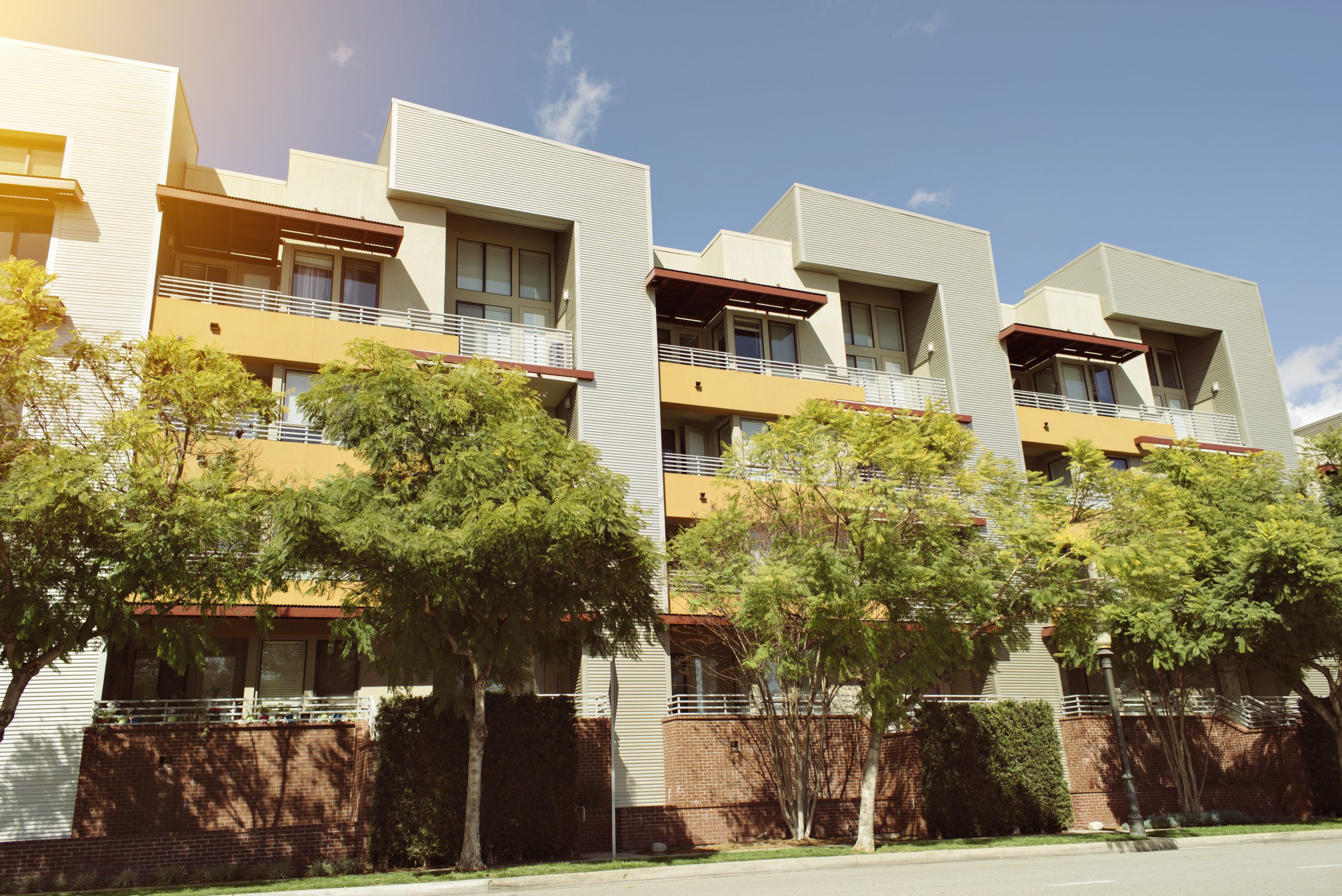
Investing in real estate isn’t just about finding an awesome property. You’ve got to make the numbers work or you’ll be seriously out of pocket.
Many investors choose to be a landlord in their own neighborhood while others buy further afield, finding a property services company to manage the day-to-day concerns of a tenant.
As an experienced real estate agent, I have worked with investors who’ve sought property locally, but also assisted others who wanted to take advantage of strong capital growth and rental yields achieved in other parts of America.
The first step successful investors take is to establish their price-entry point. You’ll usually confirm this with your lender if you require a mortgage.
With your professional financial adviser, you should then establish the annual profit you want to make after loan repayments, taxes, and fees for maintenance and property management. Clarity here focuses your attention on properties that will deliver a profit.
Below are some tips and issues to consider as you chart your way forward.
- The bottom line – Successful investing is about making money, not finding properties that you personally love. Work with an accountant or professional financial adviser to establish the level of investment and the rental income you’ll need to make a profit. Losses can be written off against tax, and maybe that’s a good outcome for you. But as a first step, avoid red ink on your ledger.
- Know your budget – Establish your spending power at the start of the search as this will ensure you don’t waste time on properties that won’t deliver the rental income required to make a profit.
- Capital growth – When considering properties, don’t forget to factor in their potential capital growth as well as their rental potential. That is, your profit from the difference between the prices you bought the property for and then sold for. You’ll make money from neighborhoods with a history of consistently rising prices and strong buyer activity.
- Build-in all your costs – All expenses associated with being a landlord should be itemized. These will include not only mortgage repayments and maintenance costs but also fees for property management and marketing when you need to find new tenants. Add insurance and property taxes to those costs. Happily, many of these expenses are tax deductible.
- Emergency cash – On occasion, you’ll need to undertake a major repair, such as replacing a furnace. While some issues will be covered by your insurance, it’s always good to have some cash on hand.
- Think outside the square – You don’t need to invest in your neighborhood. Consider areas of the US with a growing population and a strong economy. Cities with major employers, such as a Walmart, or a university town, are great candidates.
- Tenant appeal – Remember, your property must attract tenants. So prioritize real estate near schools, civil amenities, shops, and cafes and restaurants. You’ll pay a little more for the location, but your dividend will be consistent and higher rents.
- Stay in touch – Whether you take on the responsibilities of a landlord, or use a property management service, you should always be aware of your tenant’s intentions before a lease is to be renewed. Nothing loses money like an empty investment property.
